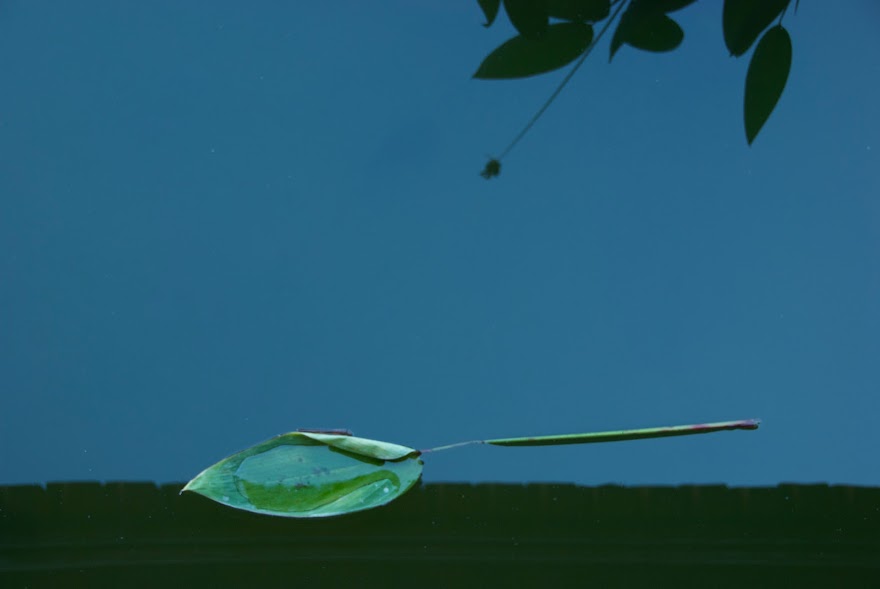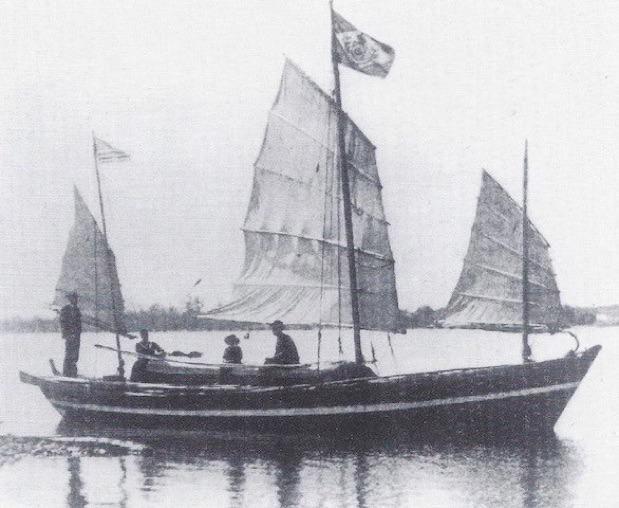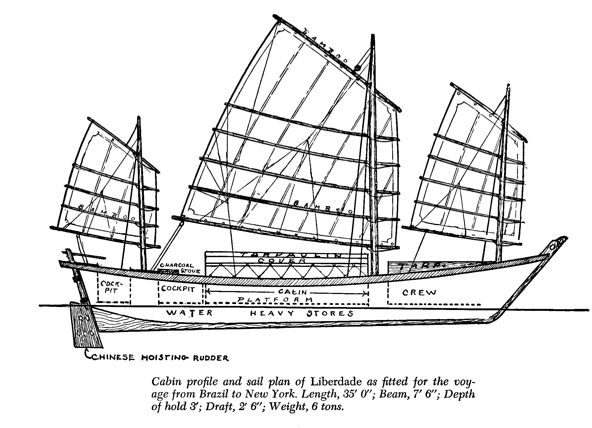YouTube notifies me of the comments made about my videos but not those posted at the videos made by others about me. I am interested and check on them from time to time and recently found one posted nine days ago at the Safe Harbor Storyteller video by jamestaylor.
https://www.youtube.com/watch?v=mYTwmVzCJh4
I doubt it is the singer, but then we do have the same hair style. I thank him because he reminded me of something I wrote several decades ago and haven’t read for a long time and because he came up with a new definition of me. Here is his comment from which I have removed a few words through my slight modesty.
I am happy to have found these videos, Way back in the late 80s I read your story ‘The Seasick Kinkajou’ and loved it. I re-read it regularly. You are mythic, and…here I will coin a new term…auto-heroic (which I think of as being heroic for yourself, rather than for others). I have read several of your books, and am enjoying these videos immensely. You always come to mind when I read Lord Alfred Tennyson’s ‘The Voyage.’
I admit that one of the things of which I am proud is that when I completed my first circumnavigation I knew I had broken Chichester’s record for the fastest solo circumnavigation in a monohull yet I did not hold a press conference or notify Guinness. I needed to prove myself to myself and I had. I did not need validation from anyone else. Perhaps that is auto-heroic. Eventually Guinness contacted me.
Many comments say that I have inspired the person who made them. I cannot say that was ever my intended purpose, but then perhaps I have not fully understood my intended purpose, and in my old age I am pleased to have inspired a few.
Less this become too much of a self-love fest, here is a recent comment made about one of my own videos.
I agree he doesn’t understand. That is one of the reasons I mostly avoid answering the question “Why do you sail?” My experience is that people either understand almost instinctively or they never will.And here is The Seasick Kinkajou which I have just reread. I hope you enjoy it as James Taylor and I do. It is a true story though I have changed the names.
The Seasick Kinkajou
Fritz is German, but he looks like a Viking--not one of your fine, shining, blond Norse gods, but like a real Viking just back from the wars. This is unjust, for Fritz is one of nature’s gentlemen and one of two singlehanders I have met who have boats with aft cabins. What could a solo sailor possibly want with an aft cabin, I wondered. A place to get away from himself? The answer was that neither had started off alone, and neither was a singlehander by choice.
Fritz had in fact left Europe five years earlier as part of a floating commune/menagerie: five people, a giant German shepherd dog, and a kinkajou, all crammed into a 30’ ketch. By the time I met him in Papeete, all but his girlfriend, Simone, and the animals were gone. And Simone and the dog jumped ship there. As much as I like Fritz, I cannot say that I blame them.
When I first saw his boat, LIEDER, she was so covered with rust that I thought she was made of steel. But she is of wood, and the rust came from bad fastenings. Her teak deck was rotten. She was slow and impossible to self-steer.
Fritz had a sister living in Australia, and he was on his way to “leave the sea and work with the moo cows.” Simone said that if he actually reached Australia, she would join him, but that she was not going to sail another mile in that boat.
A For Sale sign appeared on LIEDER--the first of many with ever-decreasing prices I was to see on her in successive ports across the Pacific--but naturally no one was interested. Finally his visa ran out, and the only way he could get to Australia was to sail. So he went to sea in a rotten boat that would not steer itself and with a kinkajou that would not stand watches.
Kinkajous look something like a cross between a raccoon and a monkey, with a long prehensile tail, large lustrous eyes, and soft brown fur. They are intelligent, curious, and nocturnal. This one had been aboard LIEDER since it was only a few weeks old. Kinkajous manage rather well on boats, where they can leap around in the rigging and startle people.
I like animals, but they present considerable problems on boats, particularly with regulations upon entering various ports, and Fritz knew that even if he managed to nurse LIEDER to Australia, he could not keep his pet. So he was always looking for a place where he could set the kinkajou free. That was one of the main reasons he sailed to Suvarov, an uninhabited atoll in the northern Cook Islands.
Fritz made no pretense of loving the sea, and at Suvarov he moved ashore and lived in the shack where the New Zealand hermit, Tom Neale, had lived. He took the kinkajou with him in the hope that it would learn to fend for itself. But the kinkajou was most definitely not interested. The only home it had known was a boat, where meals of fresh fruit were provided regularly and could be washed down with a stolen sip of beer.
For three days he did not venture from the shack, and when Fritz carried him outside and set him down beneath a palm tree, he ran back inside and hid in a corner. This place wasn’t moving the way his home always had, and he didn’t like it one bit. For seven weeks Fritz debated whether to leave the kinkajou behind. But when the LIEDER upped anchor, her full crew was back aboard.
I last saw Fritz in Suva in September 1979. He told me that he was beginning to fear that he was doomed to sail ever westward in a boat he could not sell and that would not sink, and with a beast he could not keep and would not abandon. The cyclone season was near. The “moo cows” were waiting in Australia. Simone had written and said that she was still ready to join him when--or if--he got there. My departing image was of him brooding over a glass of Fiji Bitter at the yacht club.
A year later a letter in unfamiliar handwriting caught up with me in, I think, Port Vila, where I was recovering from a minor shipwreck. It was postmarked Adelaide, Australia, and was from Fritz. He had managed to find a girl brave, or desperate, enough to sail LIEDER with him to Australia. They had had a terrible passage. The Tasman had not been kind to them, but then the Tasman is often unkind. Two full gales had opened LIEDER’s already working seams. They barely managed to reach Sydney Heads. Fritz wrote that he hadn’t really cared at that moment what happened next. If the LIEDER sank on the spot and the quarantine officials ordered the kinkajou to be put to death, so be it.
But Australia is a friendly place, often as hospitable as her surrounding seas are not, and once there everything came right for Fritz. For a while anyway. Fritz was actually able, after replacing a few planks and painting over the rust marks, to sell LIEDER for $10,000. While I am pleased for Fritz, I must admit that I would be curious to see the buyer.
With the kinkajou, Fritz fared as well. When the Sydney Zoo agreed to take him, Fritz seemed to be free. Simone rejoined him, and together they were traveling around Australia, using his sister’s farm as a home base.
Fritz wrote that there was a female kinkajou in some other Australian zoo and that possibly his, which was a male, would be taken there for breeding purposes. I felt quite honored to know the only kinkajou in the world to make outcalls.
There the story rested, until the day I picked up a newspaper one morning at the Darwin Sailing Club. A photograph of Fritz covered the front page. He and Simone were fugitives from justice. The charge: kinkajou napping.
For the next two weeks I rowed ashore early each morning, eager for more news. Not until the authorities captured the outlaws was I willing to leave for Bali.
The story that came out through the newspapers was that on their way back from picking apples in Tasmania, Fritz and Simone stopped to visit the kinkajou. They were dismayed to find him languishing. His fur was scraggly; his normally huge eyes were sunken and lusterless; he was without energy or appetite and to all appearances was dying. The zoo veterinarians did not know what was wrong.
At the sight of Fritz and Simone, the kinkajou rallied briefly; but when, after three daily visits, he resumed his decline, Fritz and Simone decided upon desperate measures, and the next day, when they were left alone with the animal, Fritz stuffed him inside his shirt and smuggled him out of the zoo.
The three fugitives made their way to the Queensland coast where a friend had a sailboat. Once on the boat, as Fritz hoped, the kinkajou rapidly recovered. At a pretrial hearing after their arrest, Fritz was quoted as saying that the kinkajou showed improvement almost from the moment they pushed off from the shore.
Of course, it could have been many things--being around Fritz and Simone again, a different diet (somehow I doubt the zoo staff thought to give him an occasional sip of beer)--but I prefer to believe with Fritz that it was the smell of the salt air and the bobbing motion of the boat, the sound of the wind in the rigging and perhaps the call of the open sea. Fritz testified that the sight of the depressed kinkajou in the zoo had reminded him of how he himself had often felt during the long years he had struggled to get a boat and free of Europe.
I am disdainful of people who turn dogs and cats into children, but in this case the evidence seems strong: Other kinkajous are nocturnal creatures of the Ecuadorean jungle; this one had become a sailor.
Certainly Fritz and Simone thought so. They made an agreement with the authorities, who were quite reasonable in the face of pro-kinkajou public opinion. They could keep the kinkajou if they took him out of Australia.
I tried to get in touch with Fritz and Simone, but they had already bought a small sloop and sailed for New Caledonia.
I expect that when they went to sea, the smallest crew member was also the happiest.






















